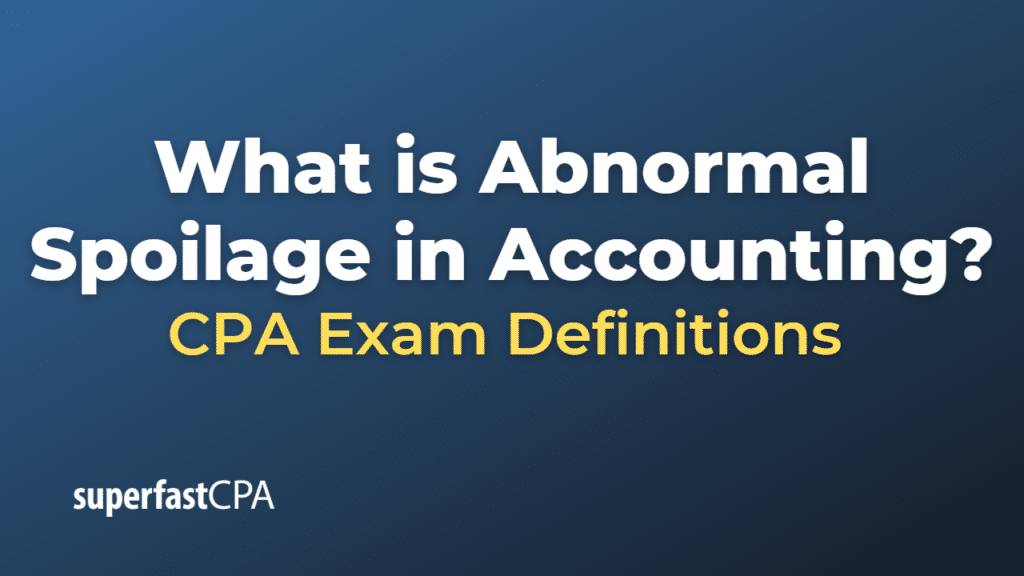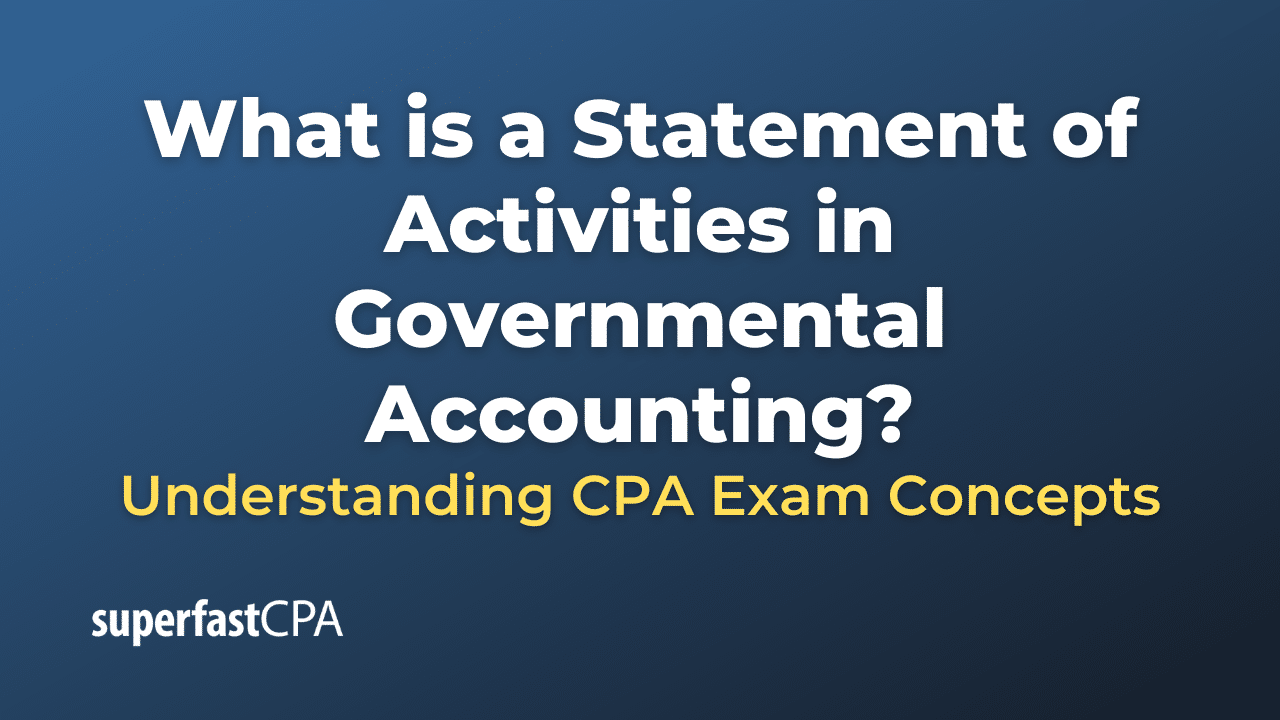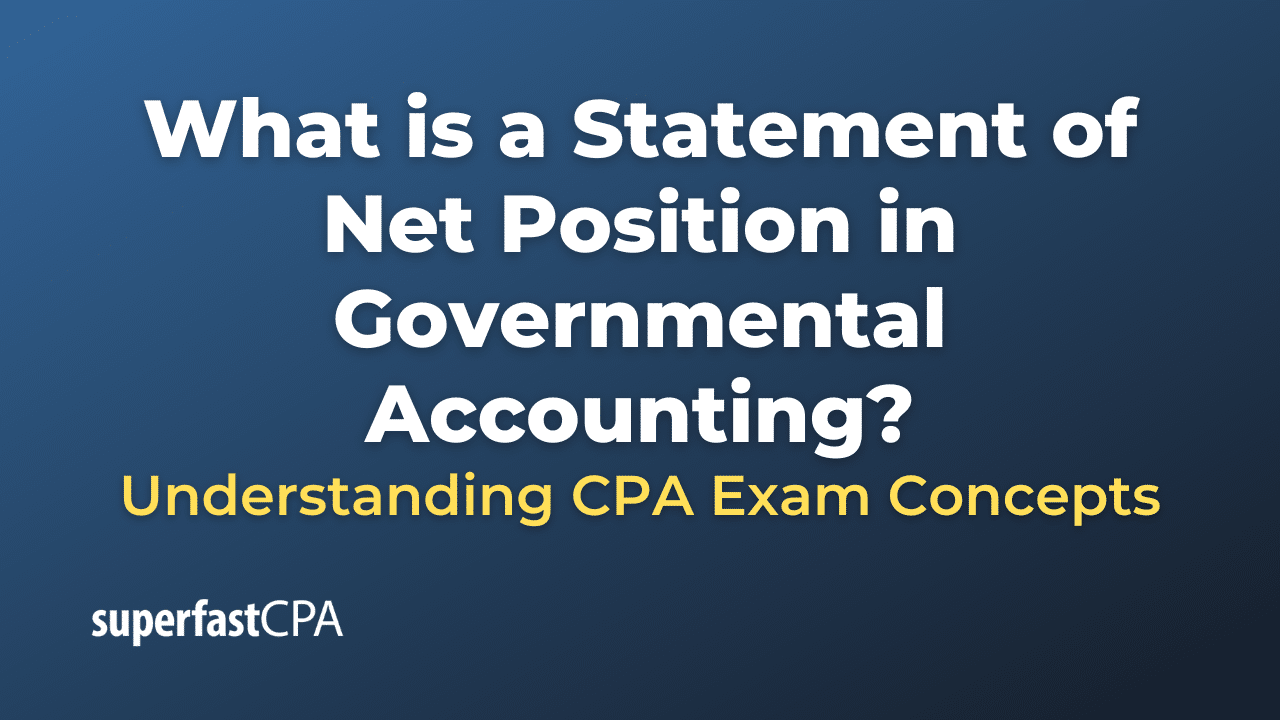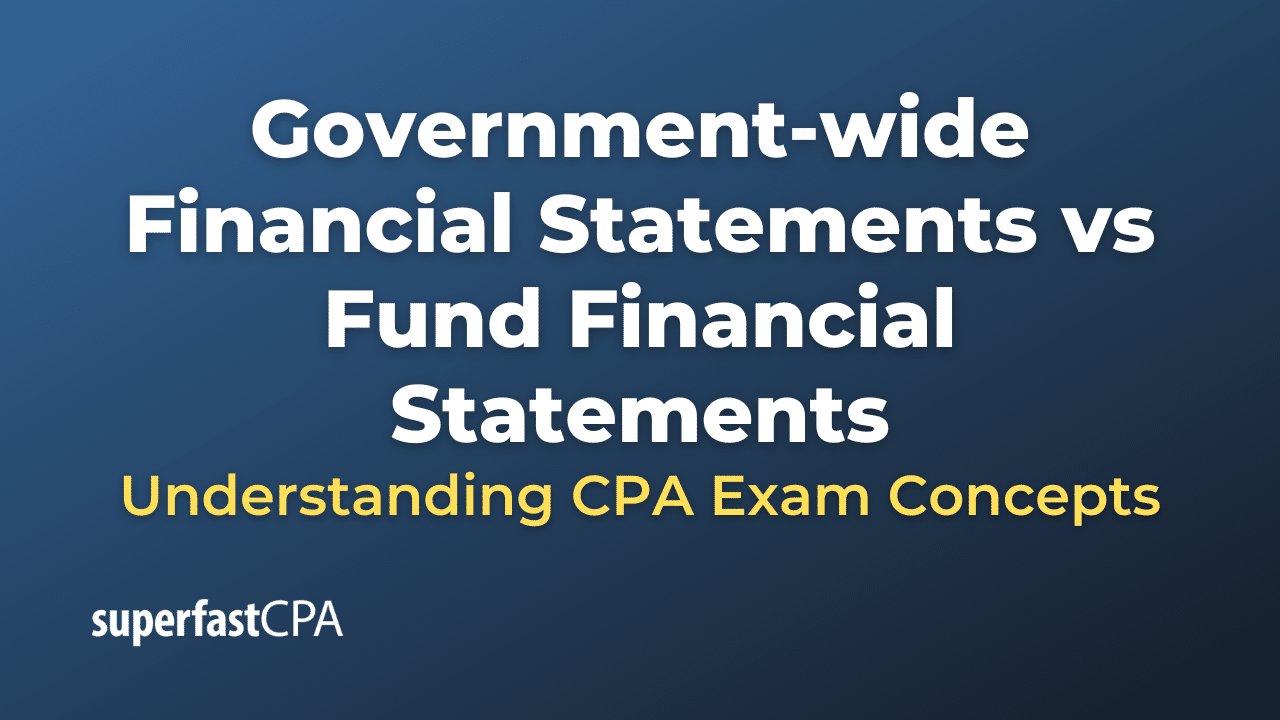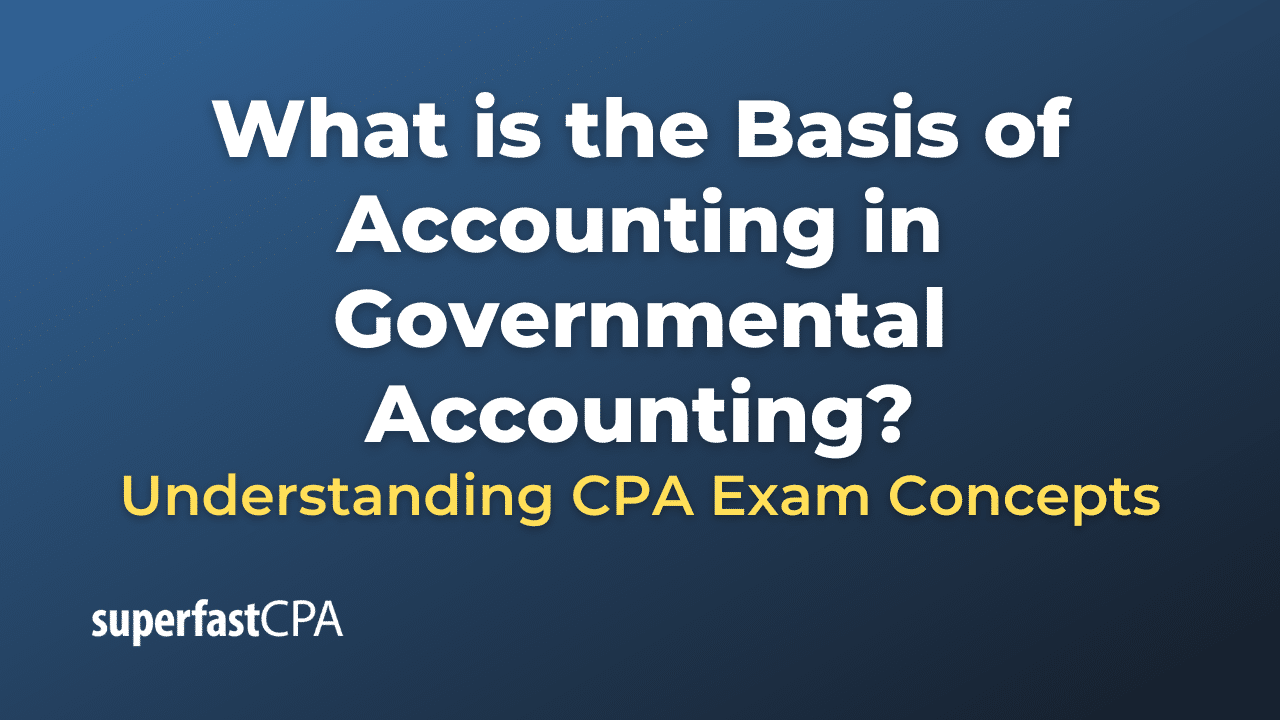Abnormal Spoilage in Accounting
Abnormal spoilage refers to the unexpected or excessive amount of waste that occurs during the production process beyond what is considered normal or acceptable. In accounting, abnormal spoilage is considered an avoidable cost, and it is typically not part of the standard production cost. Instead, abnormal spoilage is treated as a separate expense item in the income statement.
Abnormal spoilage can occur for various reasons, such as:
- Faulty machinery or equipment
- Inadequate quality control measures
- Human error or negligence
- Inefficient production processes
- Unforeseen events, such as natural disasters or power outages
Accounting for abnormal spoilage involves identifying and quantifying the spoilage and then recording it as a separate expense. By tracking abnormal spoilage, businesses can identify areas for improvement in their production processes and implement corrective actions to reduce waste and inefficiencies. Monitoring abnormal spoilage also helps management make informed decisions regarding production targets, resource allocation, and overall cost management.
It is important to distinguish abnormal spoilage from normal spoilage. Normal spoilage refers to the unavoidable or expected level of waste that occurs during the production process under normal operating conditions. Normal spoilage is considered a part of the standard production cost and is allocated to the cost of goods manufactured. By separating normal and abnormal spoilage, businesses can better understand the causes of waste and take appropriate actions to improve production efficiency and reduce costs.
Example of Abnormal Spoilage
Let’s consider a hypothetical example of a manufacturing company that produces custom furniture. The company uses a variety of raw materials, including wood, metal, and upholstery, in its production process. The company has determined that some level of waste is expected and unavoidable, which they consider normal spoilage. However, any waste beyond the expected level is considered abnormal spoilage.
Let’s assume the following data for a specific month:
- Raw materials purchased: $100,000
- Normal spoilage rate: 5%
- Actual spoilage: $7,000
First, we calculate the expected normal spoilage: Normal spoilage = Raw materials purchased * Normal spoilage rate Normal spoilage = $100,000 * 5% = $5,000
Now, we can determine the abnormal spoilage by comparing the actual spoilage to the expected normal spoilage: Abnormal spoilage = Actual spoilage – Normal spoilage Abnormal spoilage = $7,000 – $5,000 = $2,000
In this example, the company experienced $2,000 of abnormal spoilage during the month. This abnormal spoilage is considered an avoidable cost and would be recorded as a separate expense item in the income statement.
By identifying and quantifying abnormal spoilage, the company can investigate its causes and implement corrective actions, such as improving quality control, maintaining equipment, or providing additional training to employees. Tracking abnormal spoilage helps the company identify areas for improvement and reduce waste and inefficiencies in its production processes, ultimately leading to better cost management and profitability.

